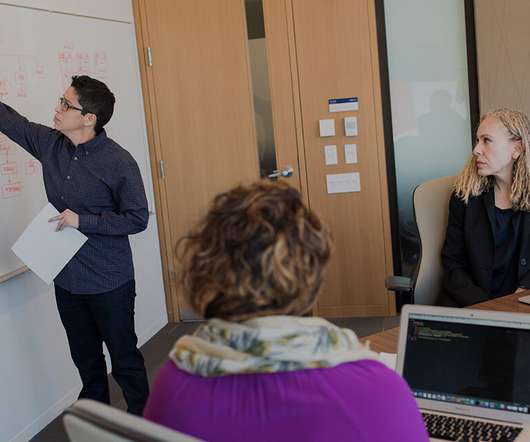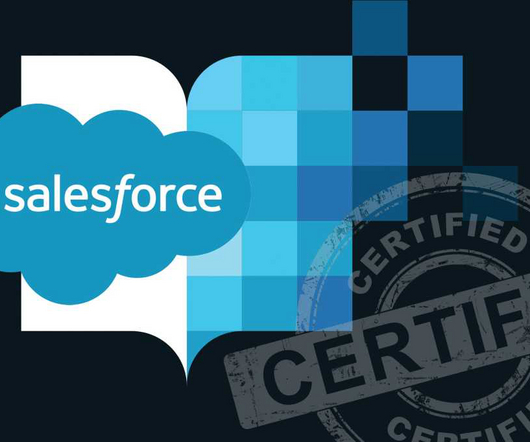Salesforce Nonprofit Cloud versus NPSP (Nonprofit Success Pack): Which one is right for your organization?
Xebia
AUGUST 2, 2023
Salesforce is a cloud-based customer relationship management (CRM) platform that helps businesses and nonprofits manage their operations like sales, fundraising, marketing, and customer and donor service activities. NPSP may therefore require a bit more technical expertise.















Let's personalize your content